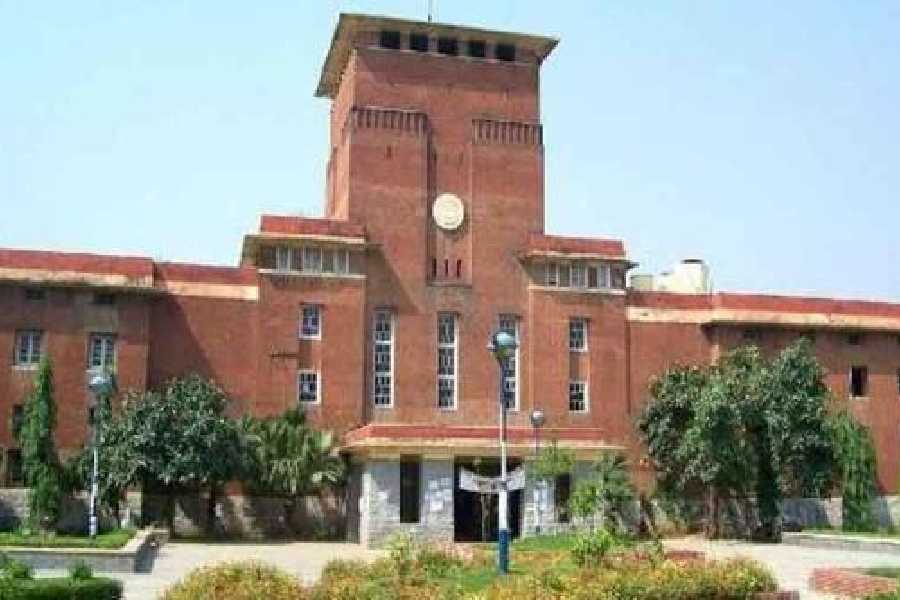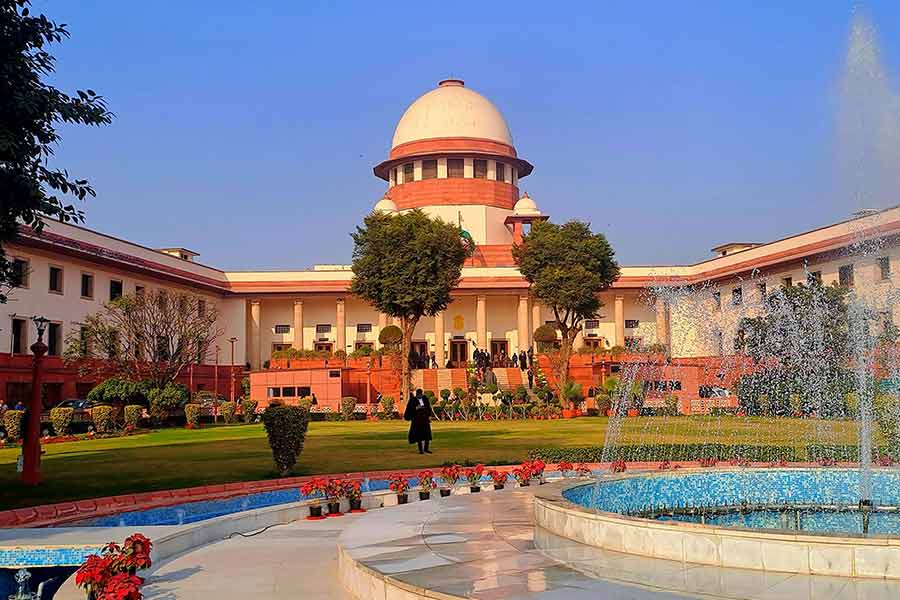 |
Sleep on dear wife until that day,
The trumpet calls us all away,
On that great day may we be found,
Acceptable to the Angels sound
Simone Barnes had these lines engraved on wife Elizabeth’s grave after her demise on July 23, 1863 at the age of 65. Buried history of hundreds of such Britons is craving for attention at St Stephen’s Catholic Cemetery in Danapur.
Hundreds of century-old graves in the cemetery behind the Bihar Regimental Centre (BRC) officers’ mess on the Danapur Cantonment are in a shambles, abandoned for decades.
Three such military cemeteries were created during the British Raj at different locations on the Danapur Cantonment but all of them have virtually gone into oblivion in the absence of security and maintenance.
Sources claimed that many British archives indicate burials having taken place in Dinapore Cemetery I, II and III. Sources claimed that cemetery II has the oldest and most important graves.
Many Britons buried here had died following an epidemic of cholera in erstwhile Dinapore, now Danapur.
Bijoy Kumar Chaudhary, the director of the city-based KP Jayaswal Research Institute termed the Danapur cemeteries as a legacy of colonial period.
“The grave of the captain of the British Army, who was killed in the Danapur mutiny war in 1857 led by Veer Kuer Singh can also be found here,” said Chaudhary.
Now a forgotten piece of collective past of the city, several officers of British civil services and their kin “rest in peace” here. James Thomas Worsley, erstwhile deputy magistrate and deputy collector of Nawada, was born on April 5, 1812, and died on February 21, 1866 before being buried here.
The inscription on his grave reads “Weep not my child and the mother dear, I am not dead but sleeping here. Where I am now you soon will be, prepare yourself to follow me.”
Graves of infants, too, are present in plenty. One such grave is of Henry Edward Page, child of Private Henry and Eliza Page, who died on January 27, 1870, at the age of two years and five months. Another grave is of six-month 18-day-old George E., who died on September 8, 1883. The inscription on another grave reads: “The infant daughter of Mr. and Mrs. Kettle born on the 10th February 1894 and died on the May 13, 1894 at the age of three months and three days.”
There are no records or written documents at the cemetery to throw light on the identity of those buried. There is no funding for maintenance either.
“We do not get financial support for upkeep of the graveyard from neither the Danapur Cantonment nor the state government. One person has been designated by St Stephens Catholic Church, Danapur, to look after the graveyard but that does not serve the purpose,” said Pappu Paul, secretary, St Stephen’s Catholic Church.
Uncared and unattended, the graveyard is a ghost of its earlier self.
All one finds here today are wild trees and weeds, and overturned and faded headstones. Buffaloes can be seen grazing around and goats wandering from one grave to another and groups of youngsters can be seen drinking alcohol or smoking marijuana under the tall mango trees.
In many graves, the inscriptions bearing the name and other details of the deceased are illegible or the tombstone is missing. Inscriptions on the surviving graves mention names of companies from Chunar in Uttar Pradesh, meaning the stones and marbles were sourced from there.
Experts have demanded revival of the Danapur cemeteries through measures such as cemetery tourism, which is quite popular in western countries.










